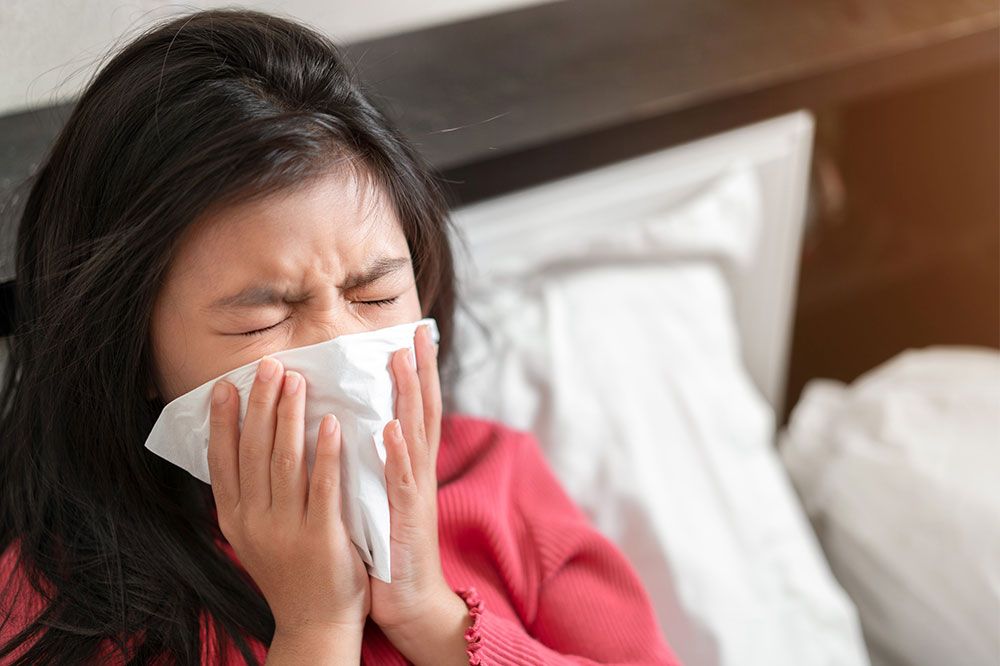Understanding Cold, Flu, Coughs, and Viral Infections: Symptoms, Stages, and Prevention Tips
This article explains the stages, symptoms, diagnosis, and prevention methods for cold, flu, cough, and viral infections. Learn how these illnesses develop, how they are diagnosed, and simple tips to stay protected. Understanding these aspects helps in early management and reducing spread, ensuring better health outcomes during cold and flu seasons.

Colds, flu, coughs, and viral illnesses are commonly interconnected, primarily because viruses are the main culprit behind these conditions. Typical symptoms include sneezing, runny nose, sore throat, and cough. Seasonal flu shares similar symptoms but often presents with muscle aches, fever, and headaches.
Stages of Illness
Cold develops when viruses infect the upper respiratory elements such as the nose, throat, and sinuses. Over 200 virus types can cause a cold, with symptoms progressing gradually.
Incubation Period
Symptoms begin 12 hours to three days post-exposure.
Symptom Onset and Peak
Symptoms typically peak between days 1 to 3, featuring cough, sneezing, and congestion.
Recovery Phase
Symptoms typically subside within 3-10 days, though mucus color may change.
Post-Illness
Some residual symptoms may last up to two weeks, but with reduced severity.
Diagnosis
Usually based on symptoms. Doctors may order chest X-rays or other tests if bacterial infection needs to be ruled out. No specific antiviral treatments exist; symptom relief is achieved through over-the-counter remedies.
Prevention Strategies
Protect yourself with these tips:
Avoid close contact with sick individuals.
Cover mouth and nose when sneezing or coughing with a tissue.
Wash hands regularly with soap and water or use hand sanitizer.
Note: This article provides informational content about symptoms, diagnosis, and prevention. It should not replace professional medical advice. Always consult healthcare professionals for health concerns.










